Confessions of a custom mechanical keyboard obsessive
For hardcore fans, Cherry switches are just the beginning. Soon come custom keycaps, exotic switches and soldering your own board.

I was in the market for a new mechanical keyboard a few years ago, and during my research I stumbled on the custom mechanical keyboard community. Mech enthusiasts are consumed by custom boards with unusual layouts, exotic switches, and fancy keycaps—and they'll often spend ludicrous amounts of money on things you or I might consider silly… at first. This is a niche hobby that can hook you, and once it does, won't let go.
Before I knew it, I'd spent nearly $1,000 on multiple boards and keysets, started modifying switches, and even picked up soldering again to build my own keyboards. The high cost started to seem less obscene as I realized I could create a board that was perfectly tailored to my needs.
Like all life's great pursuits, an obsession with custom mechanical keyboards begins when you first see something unspeakably beautiful—it's love at first sight, and you think, "How can I get one of those?" The answer, unfortunately, is complicated and often expensive. I've gotten deep into this community in recent years, so allow me to give you a window into my madness and explain why something as simple as a keyboard can become so addictive.
Keysets: the gateway drug
When you buy a mechanical keyboard, you usually have your choice of black keycaps or slightly different black keycaps. If you're lucky, white or gray might be an option. I spoke to several members of the mech community who said it was a fancy set of keycaps that first sparked their interest. You may never have thought something as mundane as keycaps could look beautiful, but there are some truly stunning sets out there.
The keycaps that come with mainstream boards are made from thin ABS plastic with lasered legends (ie the text on the keys) that discolor and wear off over time. Most custom sets are produced in thick double-shot ABS plastic, meaning the legends are a completely different plastic mould. The legends look crisp and they never wear out. This allows for some beautiful color combos as well.
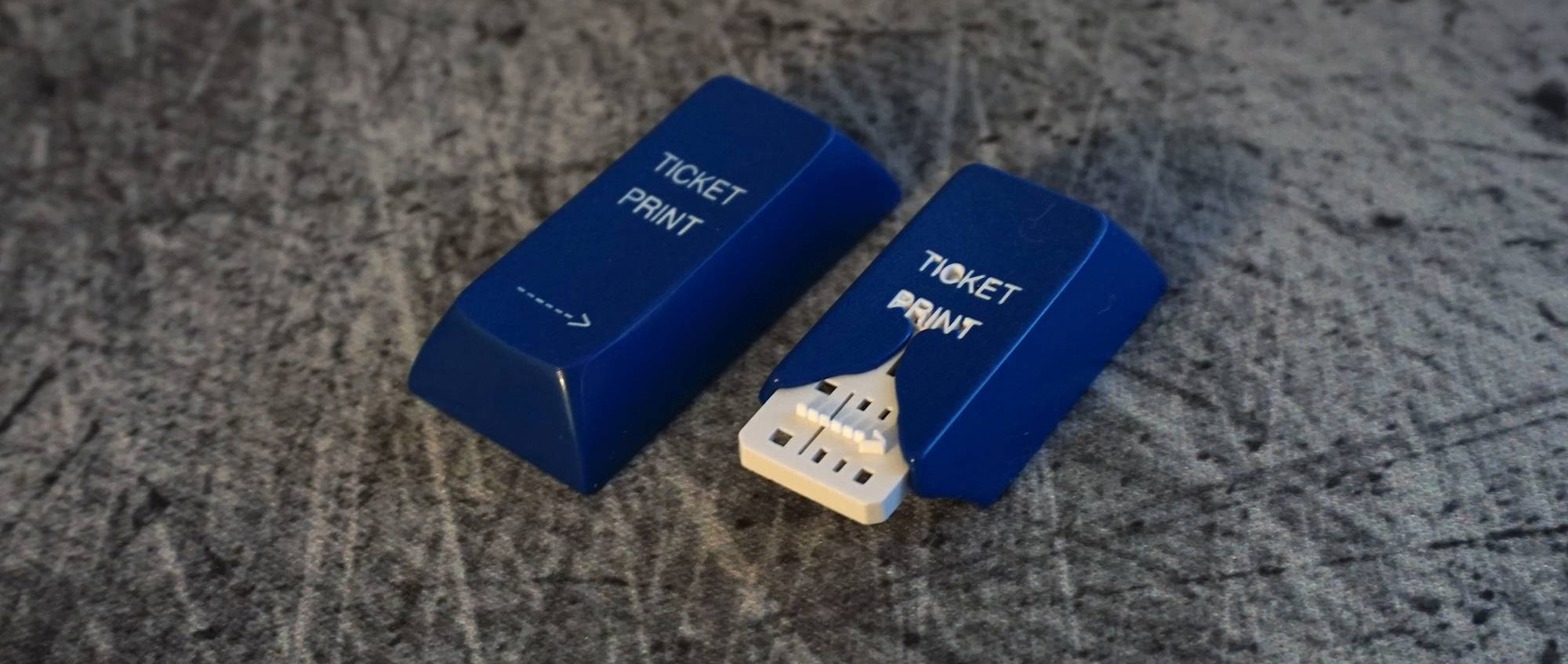
There are also PBT plastic caps with dye sublimation printing. That means the color is embedded in the highly durable plastic so it'll never wear off, but dye sub doesn't work with as many colors.
To see why these sets are appealing, you need only look at them. Some of the most popular are Carbon, Granite, and Hyperfuse. Those three are also in different profiles (keycap shapes).
The biggest gaming news, reviews and hardware deals
Keep up to date with the most important stories and the best deals, as picked by the PC Gamer team.
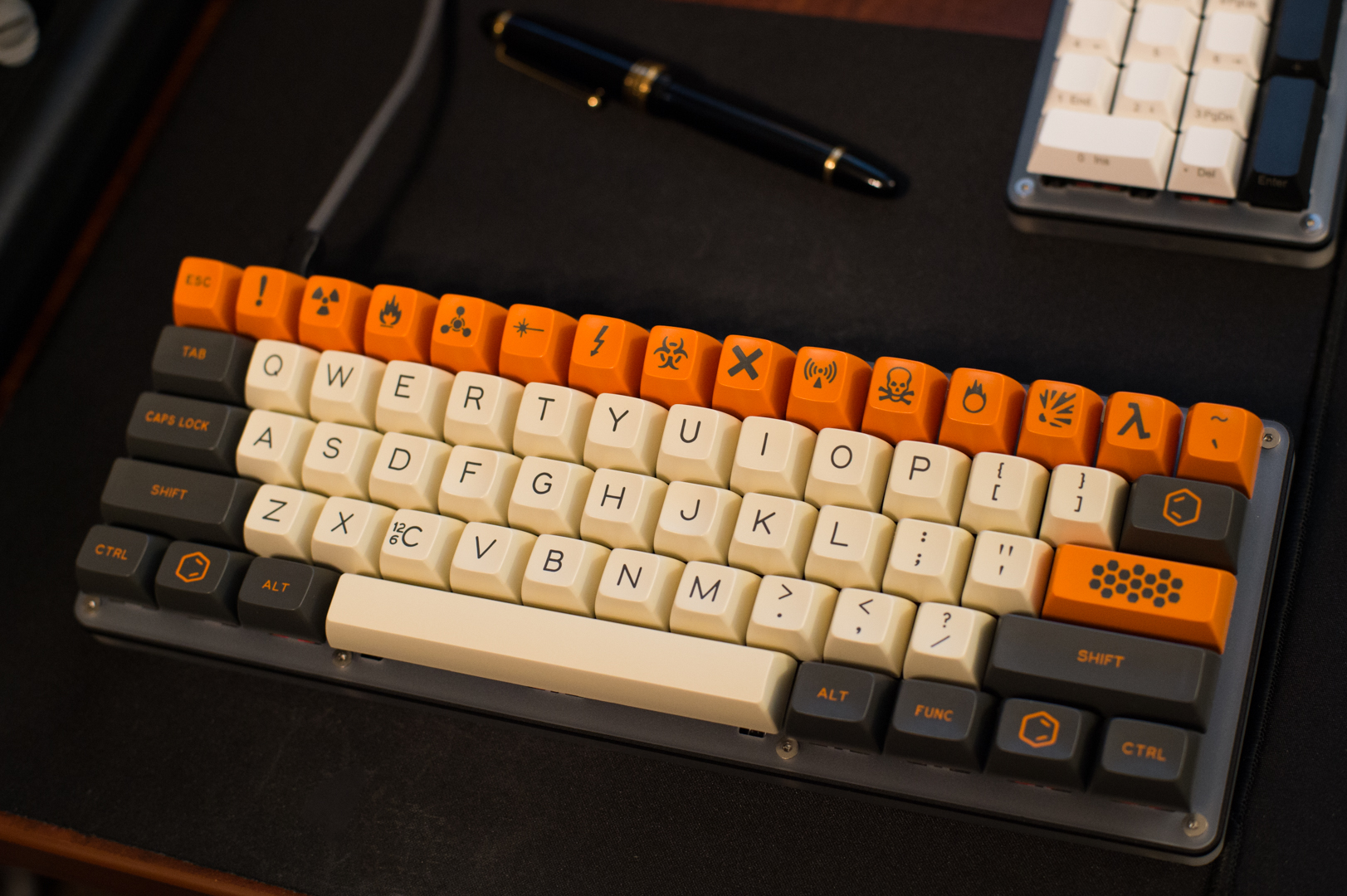
Carbon is SA, which mimics tall retro keycaps from decades ago. Granite is in a flat uniform profile called DSA. Meanwhile, Hyperfuse is Cherry profile, which is similar to the OEM caps on mainstream boards, but lower and made with much thicker plastic. The experience of typing on different materials and profiles can be remarkably distinct. With a little experimentation, you can find a keycap set that's a joy to type on. The right keycaps can even improve your accuracy and comfort.
There's an incredible variety of keycaps out there, but the problem is actually buying them. Very few sets can just be purchased outright. This is where a burgeoning obsession with mechs hits its first roadblock—the group buy. Because custom sets are produced in small batches of a few hundred or (maybe) a few thousand, you often have to join a group buy and wait months for production to be completed (Massdrop runs a lot of them right now).
Sets that are in group buys now might not ship until 2018. They won't be cheap, either. You're looking at between $75 and $250 for a set, depending on what's included.
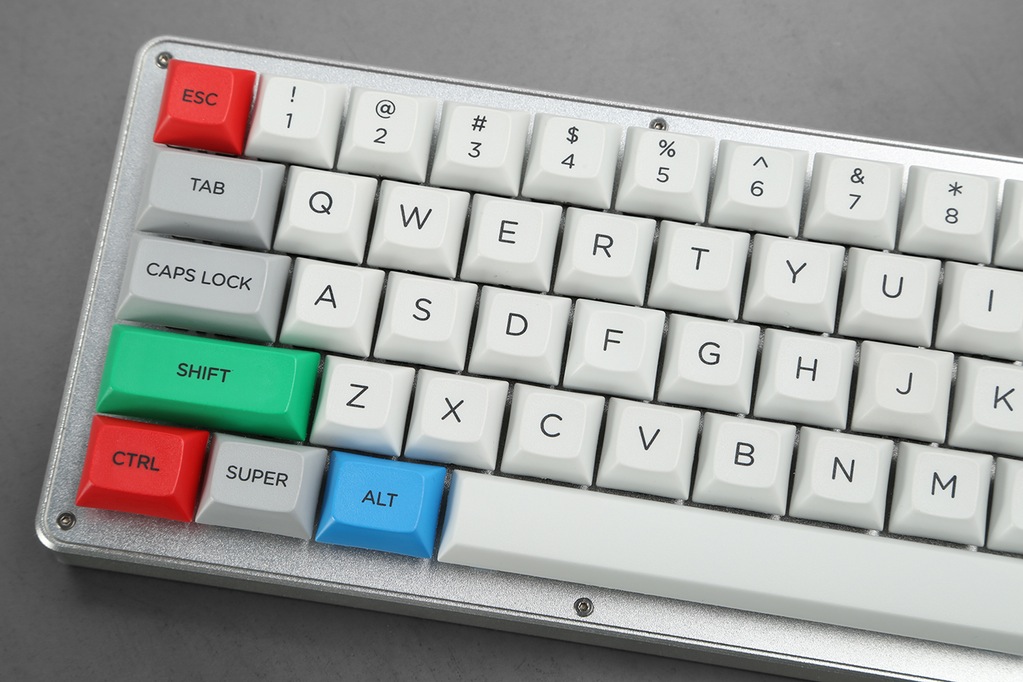
If that sounds crazy, get a load of this: the scarcity of popular keysets drives up the value for resellers. If you wanted to buy a set of Carbon SA right now, you'd probably spend $300-400. That's if you could find someone willing to part with it. I spoke to well-known keyset designer MiTo, who cited this as one of his least favorite things about the keyboard community. "I believe the manufacturing options for doubleshot keycaps are very limited right now and as a result the community has limited options when it comes to availability for popular old and new keycap sets designs," he said.
Building a keyboard
Custom keycaps are only the first step into the world of custom boards. You can put those on most keyboards with Cherry MX-compatible switches, but you can also get an entire board that's custom built for your caps. This affords you the ultimate freedom in finding the right combination of switches, layouts, and materials. Again, it's not cheap and requires some patience. You'll have to learn your way around a soldering iron, too.
Like all life's great pursuits, an obsession with custom mechanical keyboards begins when you first see something unspeakably beautiful.
Between the PCB, case, and switches, you could easily spend $300-600. And yes, you still have to wait for group buys.
Building a board involves finding a kit or set of components that appeal to you. Some popular kits include the WhiteFox, Red Scarf II, and Winkeyless boards. You're probably thinking, "Why would I pay that much just to build a keyboard?" For the same reason many of us build expensive gaming PCs—they're more powerful, configurable, and reliable. I chatted with the guys from from Input.Club about this. Input Club are keyboard and firmware developers associated with the WhiteFox, Ergodox Infinity, and more. For many of them, it was the drive to find something more reliable and powerful that got them into the mech community.
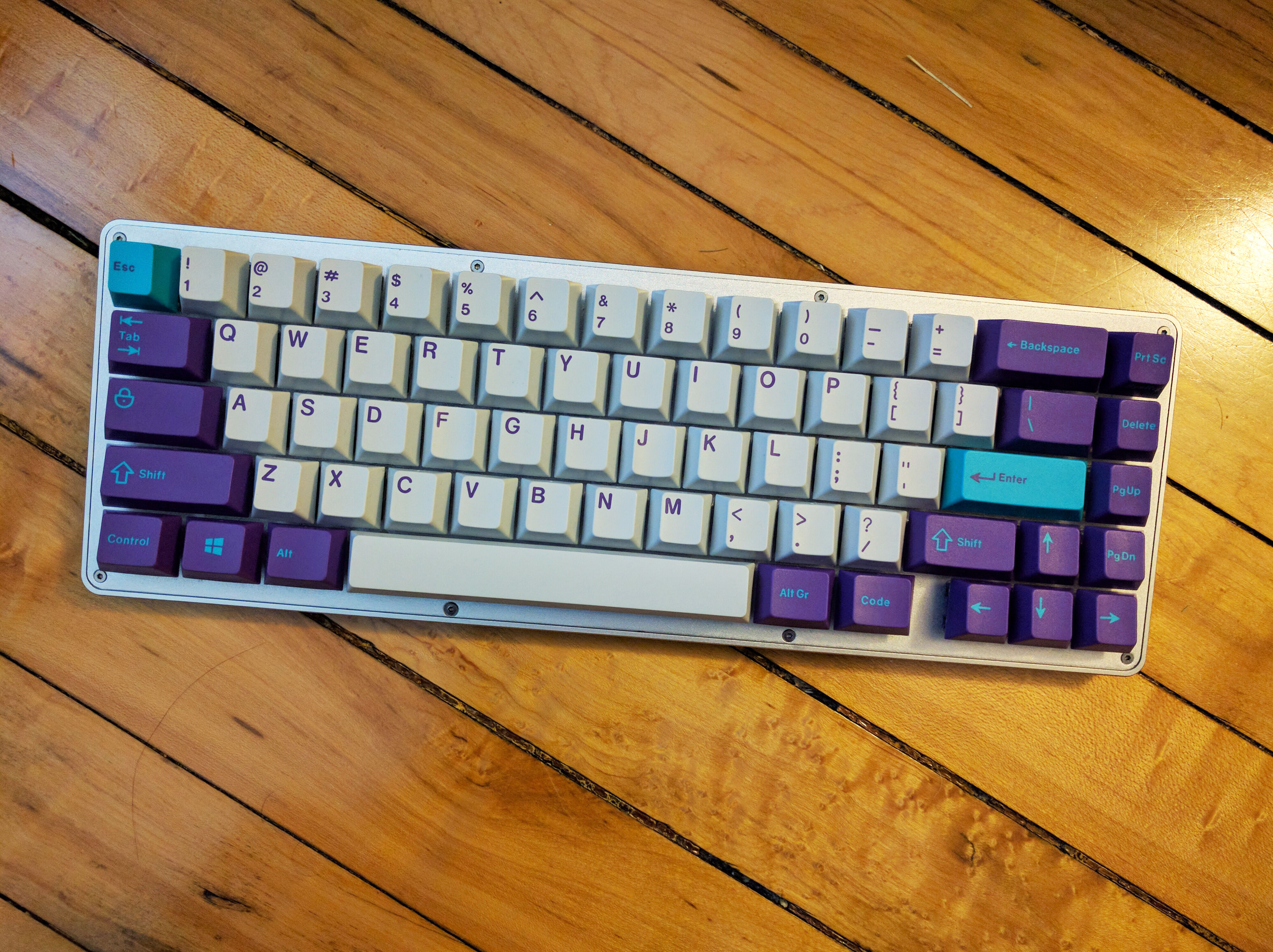
At the same time, not everything that comes out of the community is perfect. There are delays, poorly manufactured components, and some just plain bad ideas. "Irrational exuberance" is an issue according to Andrew Lekashman from Input.Club. "People get really hyped up for a product that doesn’t have anything interesting or novel behind it, just good pictures and a lot of evangelism," he told me. It can crowd out truly innovative things.
Custom boards aren't bound by the standard full-size layout so many mainstream boards employ. You can build a keyboard that's tenkeyless (no number pad), 60% (no F row or arrows) 65% (with arrows and some modifiers), or even just a tiny 40% board with the alphas and just a few additional keys. There are also cool ergonomic split boards like the Ergodox Infinity and VE.A. I talked to community member Zeal, who sells his custom Zealio switches, PCBs, and other paraphernalia at ZealPC. When asked what he thought the strangest aspect of the community was to outsiders, he replied, "Without a question small form factor keyboards (30%/40%/60% boards)."
Small custom boards might look odd, but they also offer full programmability. All aspects of a board's functionality can be controlled with the right firmware. You don't like the delete key where the board's designer placed it? You can change it to something else. You don't have to fret about losing a number pad (or even arrows on some boards). Simply create a function layer with whatever keys you need.
The quality of the materials in custom boards is sometimes the most fascinating part. We're talking about slabs of milled aluminum with exacting measurements, special RGB lighting diffusers, and more. For example, the recently launched M65-A keyboard kit is over three pounds of aluminum and brass. You could probably kill a man with that keyboard. It's also gorgeous.
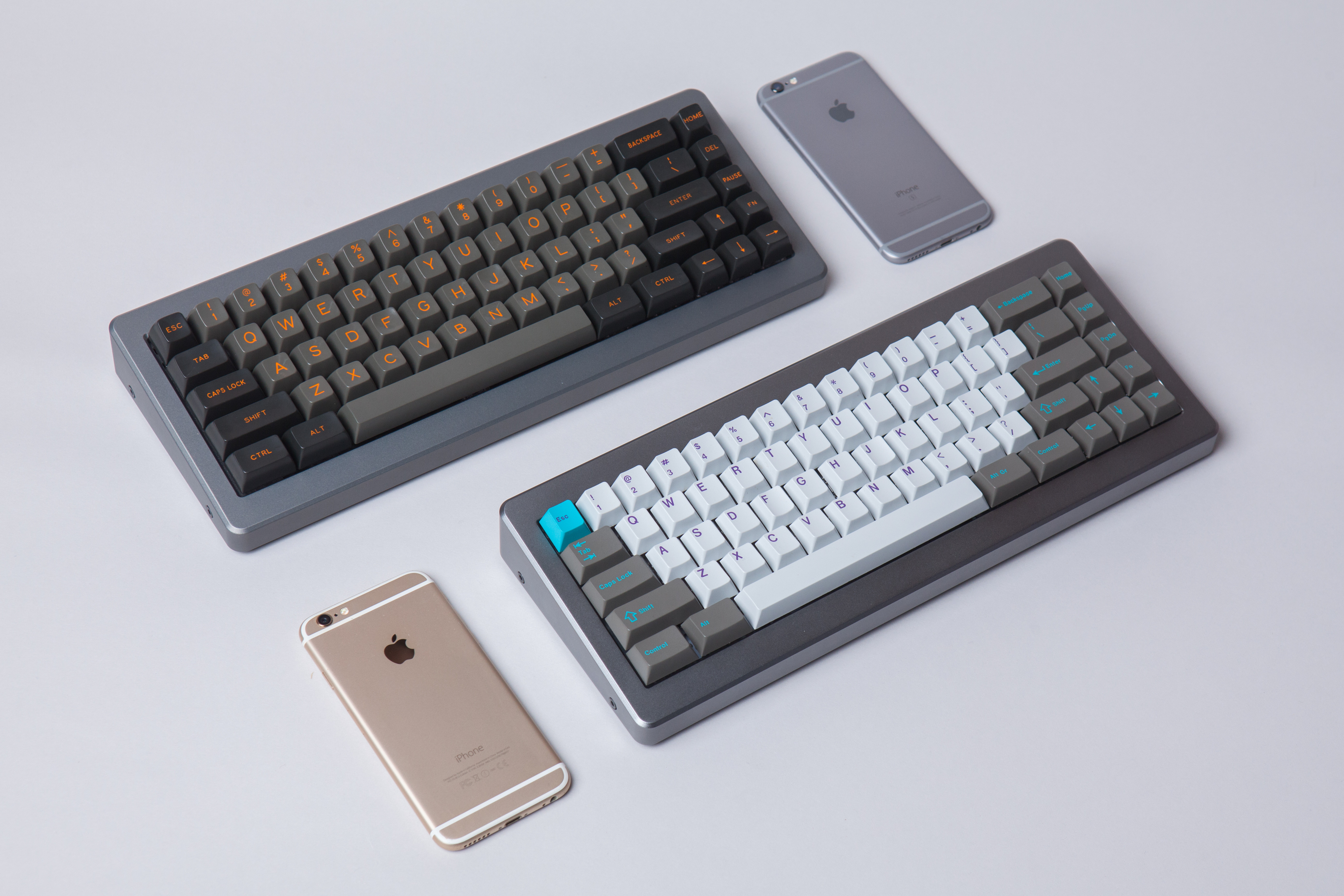
Fancy, exotic switches
When you get into custom boards, you'll find there are a lot of crazy mechanical switches out there. You aren't just limited to the traditional Cherry Blues, Reds, Browns, and so on. The original Cherry patents expired a few years back, and that has led to substantial innovation in mechanical keyboard switch design. You can get a refined version of many of those traditional Cherry switches from a company called Gateron. They come in more spring weights and the action is smoother. These come pre-installed in a few boards, but most often you need to build one to get Gateron switches. Then there are the aforementioned highly-tactile custom purple Zealio switches, which are extremely popular in the community.
You don't even have to use a switch that exists as a retail product right now. Some enthusiasts scour recycle bins and thrift stores in search of cast-off vintage boards that might have retro switches; for example, clicky blue Alps, the linear Hirose Cherry MX Orange, or clicky Aristotle Cherry clones. Finding one of these boards is like hitting the jackpot. Even if the board itself is junk, you can harvest the switches for a new build.
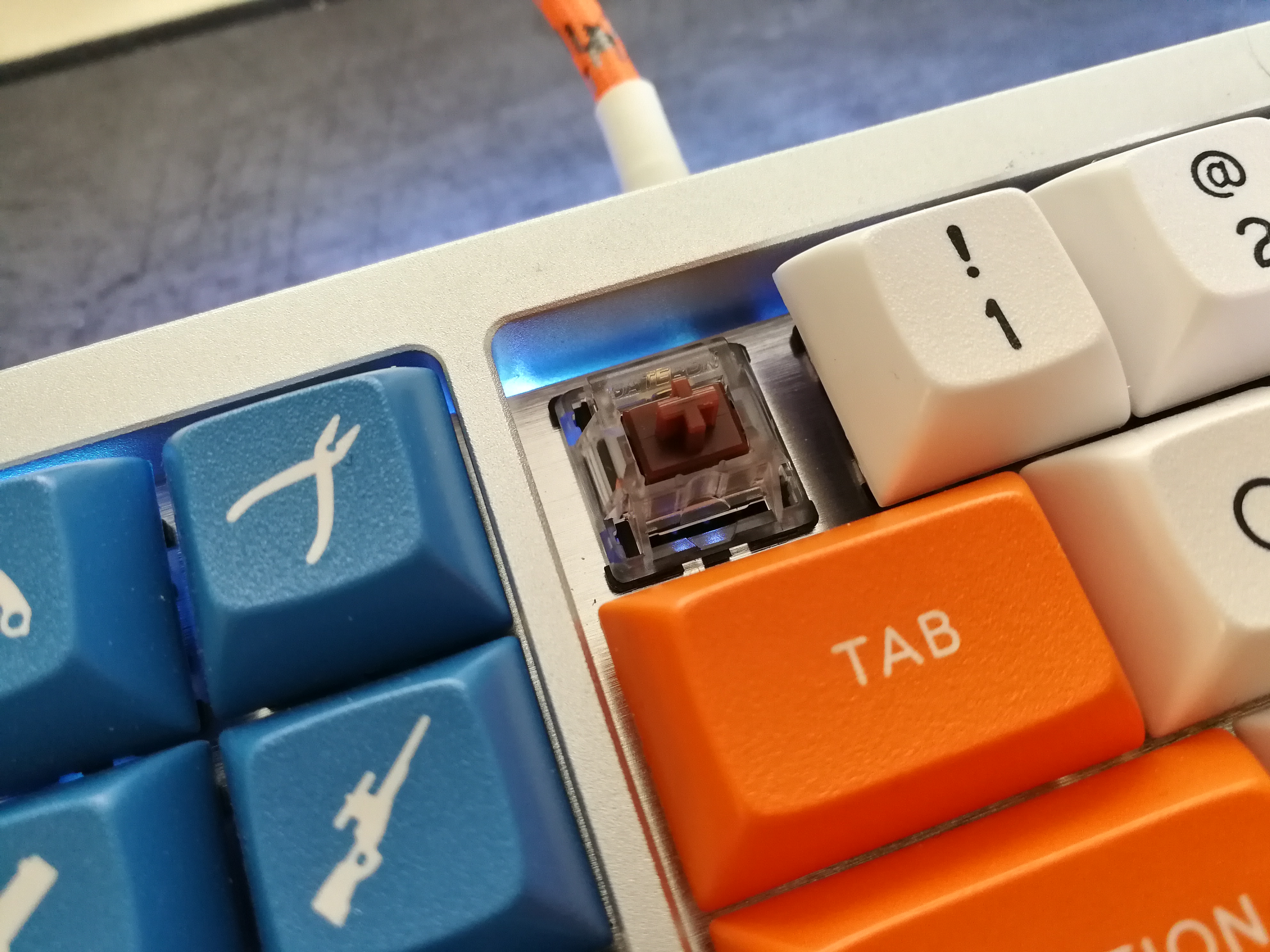
Building or modifying a keyboard gives you a chance to make something uniquely suited to you. If none of the switches you can lay hands on are to your liking, you can modify them. The inner workings of a mechanical switch are fairly simple. Some common mods include opening a switch to apply lube and swapping the stems and springs to create hybrids. For instance, adding the clicky stem from an Aristotle to a Zealio housing gets you a super-smooth and clicky switch dubbed a "Zealiostotle."
If this all sounds a bit tedious, you're right on the money. Imagine doing this for dozens of switches. But it's a labor of love that can get you exactly the right key feeling.
If this all sounds a bit tedious, you're right on the money... but it's a labor of love.
Artisan keycaps
If you thought spending hundreds of dollars on a full keyset was extravagant, that's nothing compared to artisan keycaps. These are essentially little sculptures for your keyboard that you can attach in place of a regular keycap—probably one you don't use constantly like escape, F-something, or print. These hand-made caps are usually resin casts with colorways designed to match popular keysets. There are artisans that look like robots, monsters, tortoises, blowfish, skulls, gems, and so much more.
Because they're all hand-made, the demand for artisan caps vastly outstrips the supply. That means you have to join raffles to win the chance to buy a cap from the maker, usually for $20-50 each. While that seems like a lot for a keycap, you have to remember some of these caps are genuinely beautiful art and there are only a few of them in the entire world.
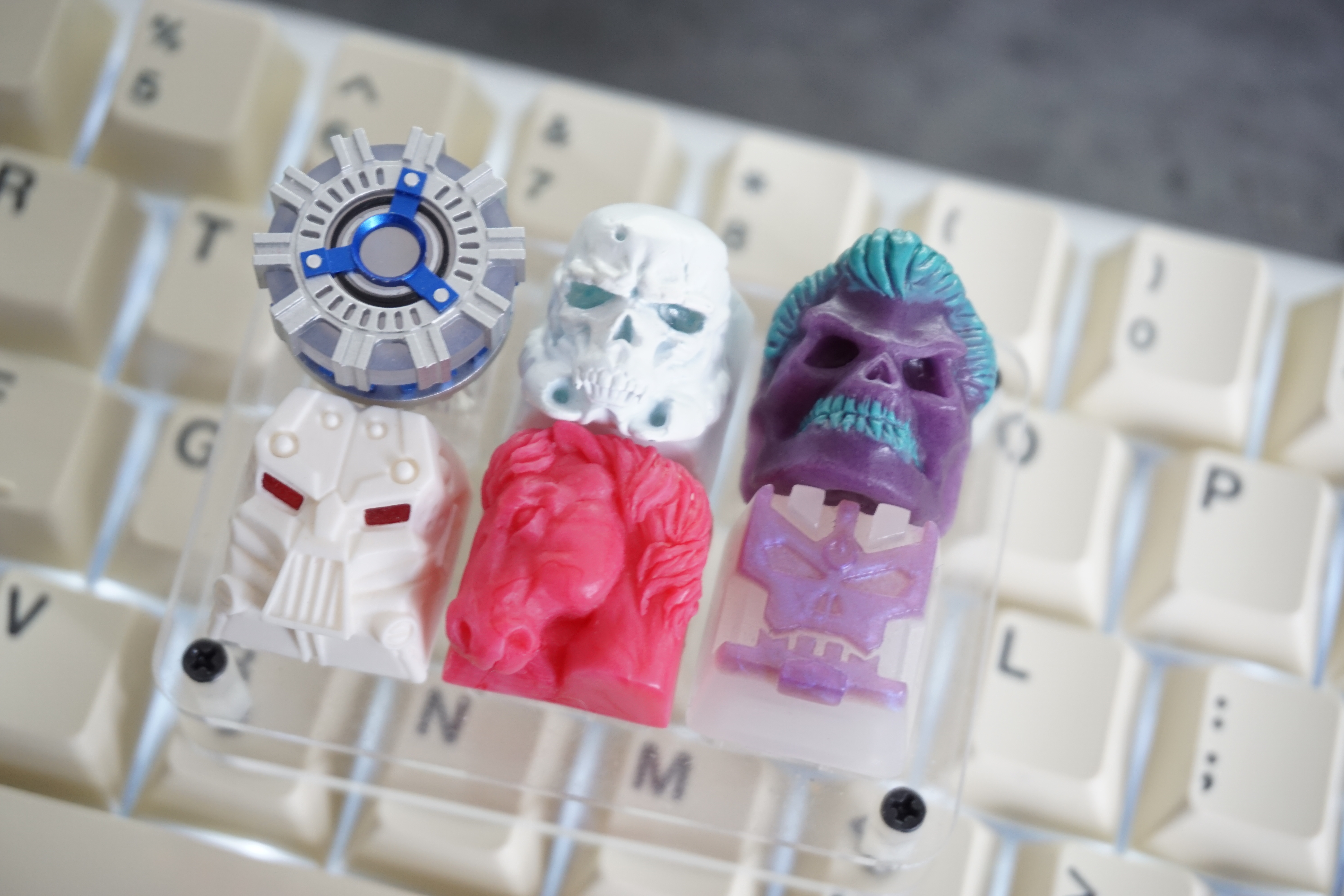
Things get crazy when you try to obtain them after missing out on a raffle. Owners of rare caps often won't even sell them for money. You have to trade for other rare artisan caps. If you do find someone willing to accept cash, you'll pay several times the original price. For example, the popular BroBot v2 commonly sells for $200-300 per cap. It's even more for a Clack Factory Skull. "Our community is growing everyday, and growing fast. The artisans can't possibly keep up with the demand without automation by implementing manufacturing process," MiTo told me.
People care deeply about art of all sorts, and artisan keycaps are no different.
Madness or magnificence?
Spending hundreds of dollars customizing a keyboard seems bizarre at first glance, but think about some of the things gamers and other computer enthusiasts already do. We spend $500 on video cards, deck out PC cases with custom lighting or water cooling, and buy monitors that are nicer than our TVs.
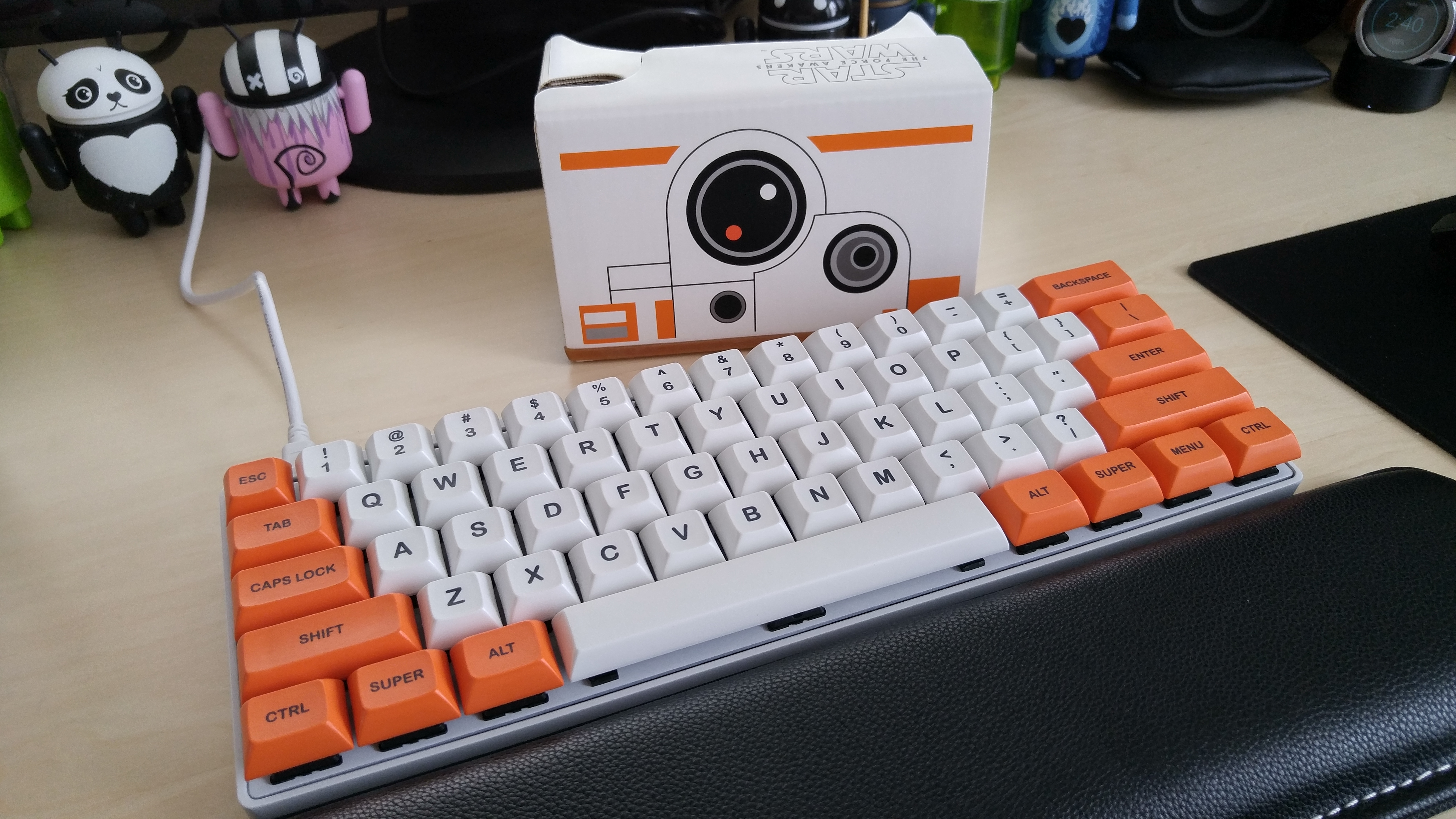
Pursuing the perfect keyboard is about the typing experience as well as aesthetics. It does look bonkers at first, but as Zeal pointed out to me, that's how things are when you're on the outside looking in: "Any unfamiliar hobby will always look crazy or weird. There are other hobbies that seem weirder such as collecting of plastic outdoor chairs or vintage washing machines. That said, it wouldn't be fair for anyone to judge those hobbies from the outside as we haven't fully experienced what those hobbies have to offer."
Keep an eye out for my expose on the dangerous world of vintage washing machine collecting. And if you don't fancy doing it yourself, well, the best gaming keyboards all come pre-made and they're all pretty good.


